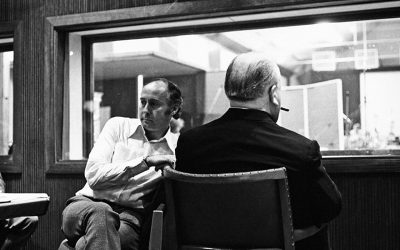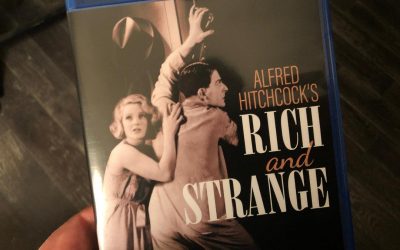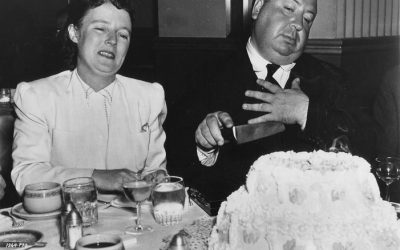I’ve always had a fondness for Alfred Hitchcock’s Sabotage, while being fully aware that it is in many ways the darkest of what has long been known as the classic thriller sextette from the director’s British period, that string of films done mostly in collaboration with screenwriter Charles Bennett that includes The Man Who Knew Too Much, The 39 Steps, Secret Agent, Young and Innocent, and The Lady Vanishes. While each of these films has its moment where Hitchcock gets to showcase his visual panache, as well as his understanding that sound too should be used cinematically, it is in Sabotage that Hitchcock really struts his stuff.
In the sense that The 39 Steps and The Lady Vanishes are generally remembered more fondly, I’ve often likened Sabotage to The Godfather Part II in that it is generally regarded, by movie-people at least, as the “better” of the first two in the series, while The Godfather is generally speaking the more entertaining movie. Coppola’s later effort, like Hitchcock’s, is the more technically complex and refined film. In the video above, I discuss some of the techniques that Hitchcock brought to Sabotage and why I regard it as the dark masterwork of his English period.
Settling the Score: The Music for Frenzy
The Long-Awaited Release of Henry Mancini's Unused Score I was excited when I learned that Quartet Records was...




0 Comments